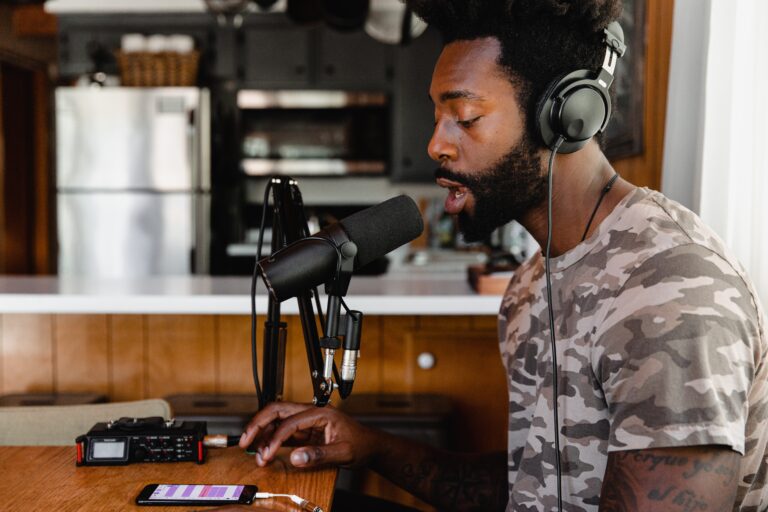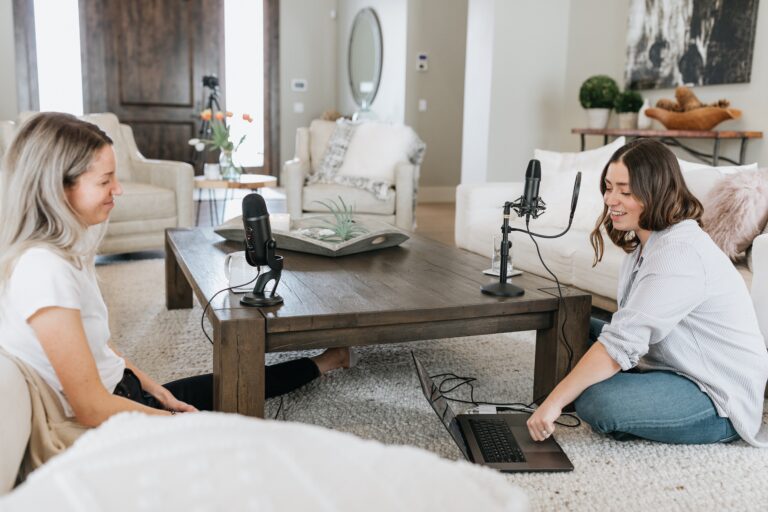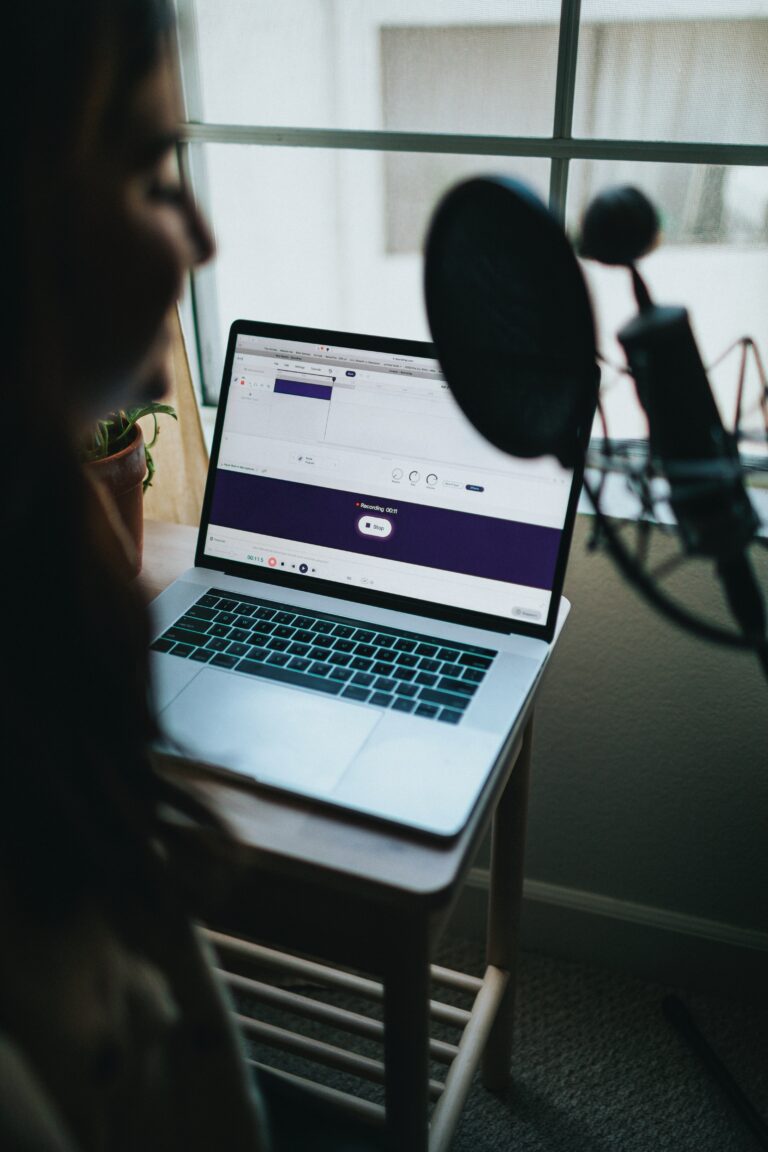In the realm of contemporary music production, the boom bap chop style continues to evolve, incorporating new and exciting elements into its sonic tapestry. One particularly captivating and innovative sound that has gained prominence in 2023 is the shimmering plucks, a melodic instrument that adds a sense of elegance and intrigue to the composition. This exploration delves into the intricacies of the shimmering plucks within the context of the boom bap chop style, unraveling its unique characteristics and its role in shaping the musical landscape.
The boom bap chop style pays homage to the golden era of hip-hop, characterized by its signature drum patterns and sample-based production techniques. However, as technology advances and artistic boundaries expand, producers are constantly seeking to introduce fresh elements into their compositions. The shimmering plucks sound represents a fusion of classic and contemporary aesthetics, combining the rhythmic energy of boom bap with the enchanting allure of delicate plucked instruments.
The term “shimmering” aptly describes the ethereal and delicate quality of the plucked sound. Shimmering plucks are characterized by their sparkling and vibrant nature, creating a sense of movement and excitement within the composition. This quality is achieved through careful sound selection, meticulous sound design, and skillful processing techniques.
The plucked aspect of the sound refers to the method by which the melodic content is generated. Various plucked instruments such as guitars, harps, or synthesized plucks can be used to create this sound. The choice of instrument is crucial in shaping the overall tone, timbre, and character of the shimmering plucks.
To achieve the desired shimmering plucks sound, producers employ a multifaceted approach. It begins with the careful selection of the instrument or sound source. Acoustic instruments like guitars or harps can provide a natural and organic timbre, while synthesized plucks offer more versatility and control over the sound design process. Producers experiment with different instrument choices to find the perfect balance between familiarity and innovation.
Once the sound source is chosen, sound design techniques come into play. This may involve shaping the attack and decay characteristics of the sound to create the desired plucked effect. Additional processing, such as applying envelope shaping, modulation, or filtering, can be employed to add depth, texture, and articulation to the sound. The goal is to create a shimmering pluck that not only captures attention but also possesses a rich and expressive quality.
The processing stage plays a significant role in refining the shimmering plucks sound. Effects such as chorus, flanger, or phaser can be employed to add movement and width to the sound, enhancing its spatial presence and creating a sense of depth. Careful use of reverb can also contribute to the shimmering quality, adding a subtle and immersive ambiance to the plucks.
Additionally, careful attention is paid to the arrangement and performance of the shimmering plucks. The choice of melodies, arpeggios, and phrasing significantly impacts the emotional impact and narrative of the composition. Producers experiment with different note patterns, rhythms, and articulations to evoke a sense of elegance, beauty, and intrigue within the music.
The integration of shimmering plucks within the boom bap chop style offers a compelling juxtaposition of delicate melodic elements against the rhythmic and sample-driven elements of boom bap drums. The interplay between the shimmering plucks and the driving percussion adds depth, contrast, and complexity to the composition, elevating the overall sonic experience.
In conclusion, the shimmering plucks sound has emerged as a captivating and innovative element within the boom bap chop style in 2023. Its ethereal and vibrant nature, achieved through careful sound selection, meticulous sound design, and skillful processing, adds an element of elegance and intrigue to the musical







